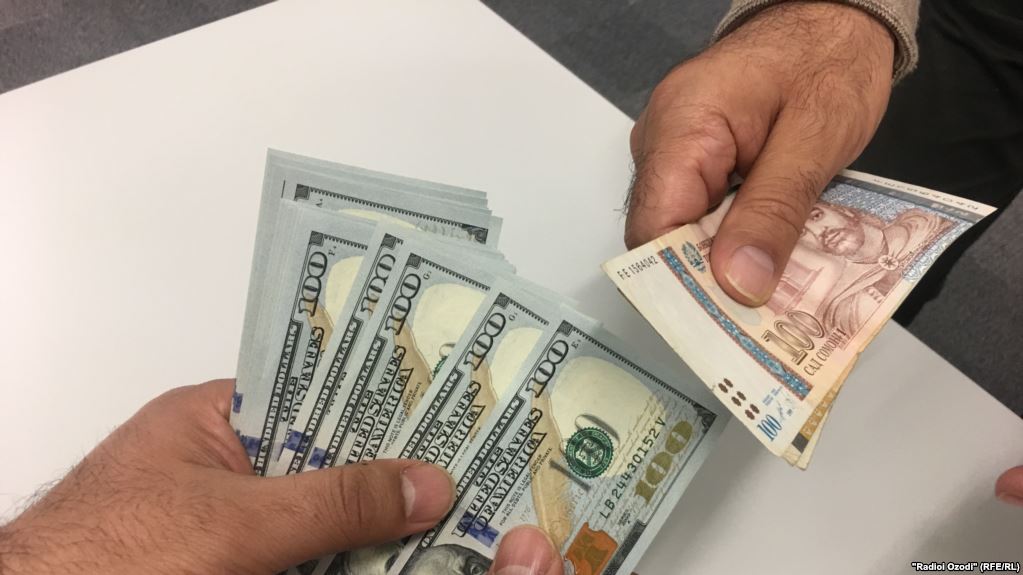Bloomberg notes that according to a new model developed by Citigroup Inc.( Citigroup Inc. or Citi is an American multinational investment bank and financial services corporation headquartered in New York City), the Russian ruble (RR) could plunge by as much as 15 percent and borrowing costs would spike to a three-year high if the U.S. goes ahead with proposals to impose sanctions on Russian government bonds.
Moscow-based analysts at the bank reportedly said that such extreme moves would come from a “worst-case scenario” of sanctions that bar foreigners from holding domestic sovereign bonds, also known as OFZs (Russian abbreviation for Federal Loan Obligations). A move to sanction only new issuance would weaken the ruble by about 5 percent, they said.
Sentiment toward Russian debt and the ruble has been dented in recent weeks by renewed calls in Washington for more hard-hitting sanctions to punish the Kremlin for interference in the 2016 presidential elections. The nuclear option of going after sovereign debt is still seen as an unlikely scenario after a Treasury report earlier this year highlighted that it would be damaging to foreign investors who own about 28 percent of the market.
Yields on 10-year OFZs are up about 70 basis points since the U.S. implemented its last round of penalties against Russia in early April, imposing the harshest sanctions yet against a string of companies and individuals, according to Bloomberg.
The ruble weakened for a third day on Wednesday, dropping 0.2 percent to 63.17 versus the dollar. Yields on 10-year OFZs climbed 3 basis points to 7.76 percent. Citi’s worst-case scenario puts them at 11.9 percent by the end of 2019, a level not seen since the 2015 oil-price crash.
Some Western experts say that sanctions on debt could spark a bigger market panic than what was seen in April, depending on the details. According to them, U.S. authorities will want to limit collateral damage, and that makes extreme actions unlikely.
The Citi analysts said their forecasts would be “somewhat moderated” if the government was able to find buyers, but that may be hard to achieve since foreigners own about $35 billion of local debt.
The impact of foreign participation in the OFZ market was in evidence last year when yields ground steadily lower as the share of non-residents climbed to a record high. The Citi model finds that a 1 percent increase in the share of non-resident participation in the OFZ market reduces yields by around 10 basis points.
Tajik experts say that further decline in the exchange rate of the ruble against the dollar will lead to further devaluation of the Tajik national currency, the somoni.
Tajik economist Said Nazirov says labor migrants’ remittances constitute the considerable volume of Tajikistan’s currency receipts.
Recall, Tajikistan saw sharp currency devaluation last month. The somoni (TJS) lost 2.7 percent of its value against the dollar (USD) in two days – from 9.18:1 on July 10 to 9.43:1 on July 11.
According to data from Tajik central bank, the official exchange rate of the dollar against the somoni has risen 3.8 percent over the first six months of this year: 0.9 percent increase in April; 1.3 percent increase in May; and 1.6 percent increase in June.
Meanwhile, the market purchase rate of the dollar against the somoni has reportedly risen 4.5 percent over the same six-month period. Over the same period last year, the market purchase rate of the dollar against the somoni had risen 11.7 percent.








